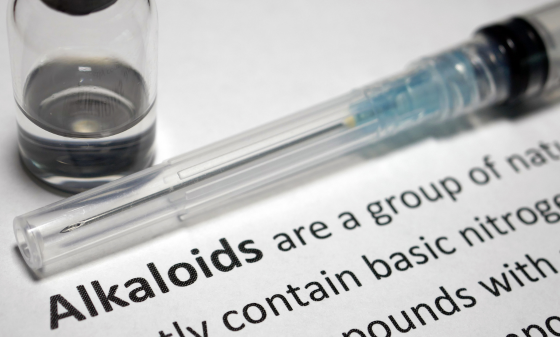
Kratom, a tropical tree indigenous to Southeast Asia, has garnered attention for its complex chemical makeup, which includes a variety of alkaloids. Among these, Paynantheine and Speciociliatine are significant yet often less discussed. This blog aims to shed light on what these alkaloids are and their roles in kratom’s effects.
What are Alkaloids?
Before diving into specifics, it’s important to understand what alkaloids are. Alkaloids are naturally occurring compounds, often found in plants, that have pronounced physiological effects on humans and animals. They are known for their wide range of medicinal, therapeutic, and sometimes psychoactive properties.
Paynantheine: The Smooth Muscle Relaxant
Paynantheine is one of the major alkaloids present in kratom leaves, comprising about 9% of the total alkaloid content. Here’s what you need to know about it:
- Role in Kratom: Paynantheine is believed to act as a smooth muscle relaxant. This means it may help in reducing muscle tension, which can be beneficial for those seeking natural muscle relaxation.
- Effect Profile: While not as extensively studied as mitragynine or 7-hydroxymitragynine, Paynantheine’s role in kratom’s overall effect profile is considered significant, contributing to the plant’s therapeutic potential.
Speciociliatine: A Mild Opioid Agonist
Another lesser-known but important alkaloid in kratom is Speciociliatine. Here’s what makes it noteworthy:
- Function: Speciociliatine is classified as a mild opioid agonist. It interacts with the opioid receptors in the brain, but its binding affinity and consequent effects are relatively mild compared to other alkaloids in kratom.
- Contribution to Kratom’s Effects: Although its presence is not as high as some other alkaloids (around 0.8-1% of the total alkaloid content), Speciociliatine contributes to the overall experience of kratom, particularly in how it may affect mood and pain perception.
Conclusion
Understanding the roles of Paynantheine and Speciociliatine helps in comprehending the multifaceted nature of kratom. These alkaloids, among others, contribute to the unique effects of kratom, which range from muscle relaxation to mild mood enhancement. As research continues, we’ll likely uncover more about these intriguing compounds and their full impact on kratom’s properties.


